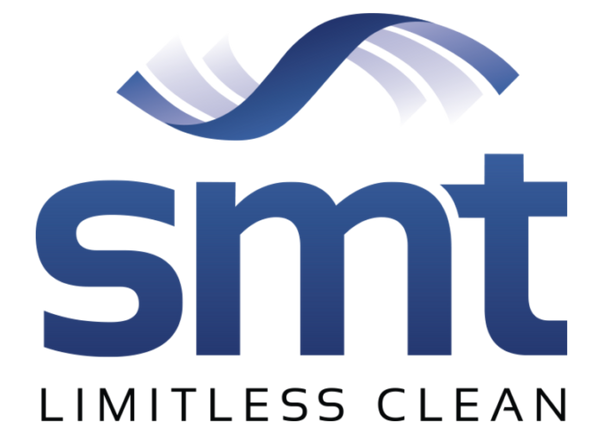What is Chlorine Dioxide and Why is it a Game Changer in Disinfection?
In our ongoing quest for better, safer, and more effective disinfection methods, chlorine dioxide (ClO₂) stands out as a revolutionary alternative to traditional disinfectants. This series will delve into the science of chlorine dioxide, its advantages, and why industries across the globe are making the switch from older methods to this advanced disinfection technology.
The Basics of Chlorine Dioxide
Chlorine dioxide is a yellowish-green gas that dissolves in water and is used primarily as a disinfectant. Unlike chlorine, which forms hydrochloric acid or hypochlorous acid in water, chlorine dioxide remains a true gas dissolved in water, allowing it to retain its oxidative properties and effectiveness as a disinfectant.
Superiority Over Traditional Disinfectants
1. Chlorine
Traditionally, chlorine has been widely used for disinfecting surfaces and water. However, chlorine reacts with organic matter to form trihalomethanes (THMs) and other disinfection byproducts (DBPs) that are linked to cancer and other health risks. In contrast, chlorine dioxide does not react with organics in the same way, significantly reducing the formation of harmful byproducts.
2. Bleach (Sodium Hypochlorite)
While bleach is effective against a broad spectrum of microorganisms, it can degrade in storage, losing potency over time. Bleach solutions can also release toxic chlorine gas and create chlorinated byproducts. Chlorine dioxide offers a stable, safer alternative with a lower risk of hazardous byproducts and off-gassing.
3. Hydrogen Peroxide
Hydrogen peroxide is another common disinfectant that works well against a wide range of pathogens. However, its effectiveness can be compromised in the presence of organic matter and it requires higher concentrations to achieve the same level of disinfection as chlorine dioxide. Additionally, higher concentrations of hydrogen peroxide can be corrosive and pose safety risks during handling.
4. Store-Bought Brands (e.g., Clorox, Lysol)
Many commercial disinfectants available on the market are effective for general home use but may not meet the stringent requirements needed for industrial and healthcare settings. They often require longer contact times and higher concentrations to be effective. Chlorine dioxide, being a potent biocide, can achieve high levels of disinfection more rapidly and effectively.
The Advantages of Ultra-Pure ClO₂
Selective Micro Technologies specializes in ultra-pure chlorine dioxide solutions that offer several key advantages:
- Broad-Spectrum Efficacy: Ultra-pure ClO₂ is effective against a wide range of pathogens, including resistant strains such as MRSA, and does not encourage microbial resistance.
- Safety Profile: Our ClO₂ formulations release minimal byproducts and are designed to be safe for use even in sensitive environments, reducing occupational hazards.
- Environmental Impact: Chlorine dioxide breaks down into benign byproducts that are not harmful to the environment, unlike many traditional disinfectants.
Conclusion: Why Switch to Chlorine Dioxide?
With its powerful disinfecting capabilities and a safer profile for both users and the environment, chlorine dioxide represents the future of disinfection. Industries looking to improve their sanitization standards, particularly those in healthcare, water treatment, and food processing, can benefit significantly from switching to ultra-pure ClO₂ solutions.

